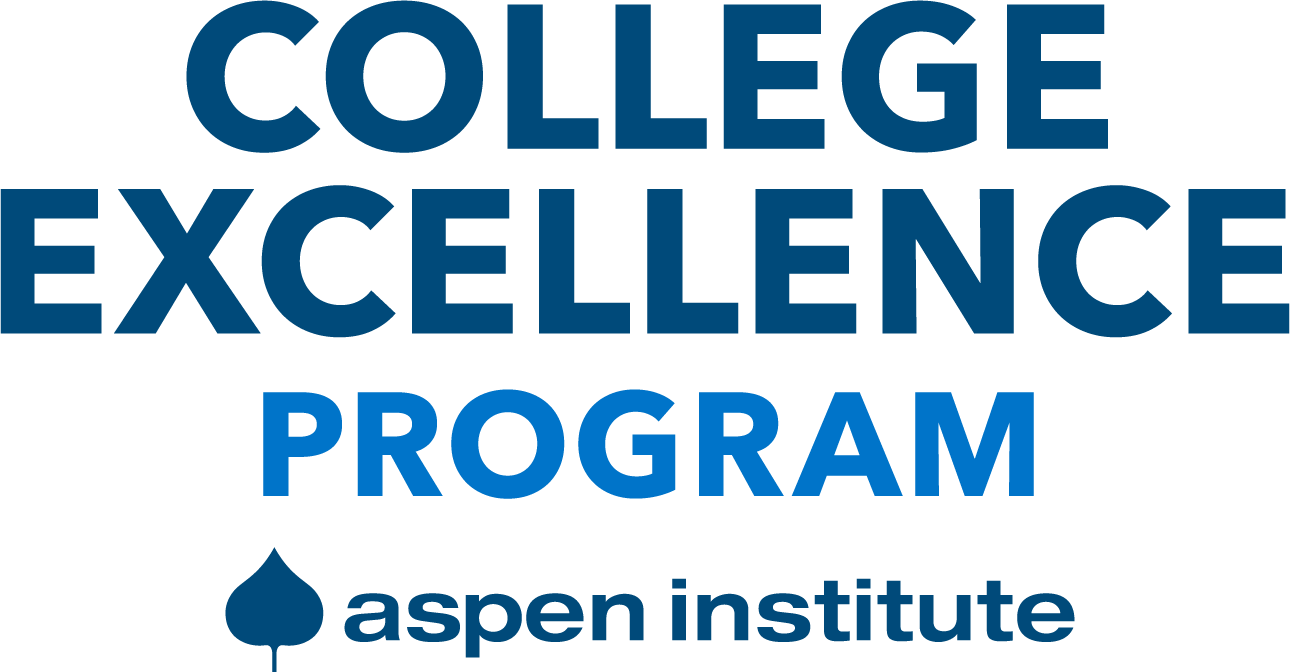
Senior Teams Assessment Tool
This tool will help presidents and their senior teams reflect on the composition of the senior team, how the senior team collaborates around common purpose, and the level of implementation of the student success reform agenda.
The items in the following assessment tool reflect strong practices observed through Aspen’s research and direct engagements with excellent community colleges, which we define as those achieving high and improving levels of student success (1) both while in college and after graduation (2) overall and for students of color and low-income students. The assessment tool is organized in several domains of practice emerging from Aspen’s research and prompts users to rate their institution’s adoption of each item within each domain. Once complete, a summary of scores will allow colleges to identify strengths and weaknesses in specific practices aligned to each item and also to observe which domains most need improvement.
In this assessment tool, the term “student success” has the following meaning:
- Success in college: Students (1) learn and (2) complete credentials.
- Success after college: Students (1) get good jobs and/or (2) transfer and attain a bachelor’s degree.
- Equitable outcomes and access: For Black, Hispanic, Indigenous, and low-income students, the college ensures high absolute rates and minimizes gaps in (1) learning and completion outcomes for students in college, (2) transfer and workforce outcomes for students after college, and (3) enrollment of different demographic groups relative to the college’s service area.
Directions: Assess the extent to which your college engages each of the following practices, according to the scoring rubric.
Senior Teams Assessment Inquiry Guide
Senior Teams Assessment Inquiry Questions
Based on your Aspen senior team assessment tool results, where is your college strongest and weakest?
In composition of the senior team, reflecting its capacity to enact student success reform? In what particular questions/domains?
In building common purpose around major student success priorities? In what particular questions/domains?
In collaboration around and implementation of major student success priorities? In what particular questions/domains?
How effective is the senior team?
- Which priority student success reforms are working well at the college? What data and evidence lead you to that conclusion? What in the senior team assessment results could explain that conclusion?
What priority student success reforms is the college struggling with most? What data and evidence lead you to that conclusion? What in the senior team assessment results might be causing those struggles? Did you learn anything from the assessment about the strengths of your senior team that might inform ways to improve?
In what specific ways might your senior team’s behavior (or lack of action) stand in the way of institutional reform?
Among the team’s weaknesses, what seems most important to address?
How does your senior team assess and improve its effectiveness?
- Does your senior team periodically evaluate its effectiveness? If so, does it follow through on areas for improvement?
- Does the president effectively evaluate the senior team? Do senior team members evaluate one another? Do those evaluations lead to growth for senior team members?
- What works well in those processes? What could be improved?
Next Steps
- What are the 1-5 most important things you have uncovered about your senior team from your assessment tool? How do those things relate to advancing priority student success reforms?
- Among the areas of strength, what do you want to keep doing and perhaps enhance?
- Among the areas of weakness, what few changes do you think would make the biggest positive difference?
- What challenges do you have (or anticipate) in further strengthening the senior team? As much as possible, identify specific challenges.
- What immediate next steps will you take to ensure progress on these lessons learned?
